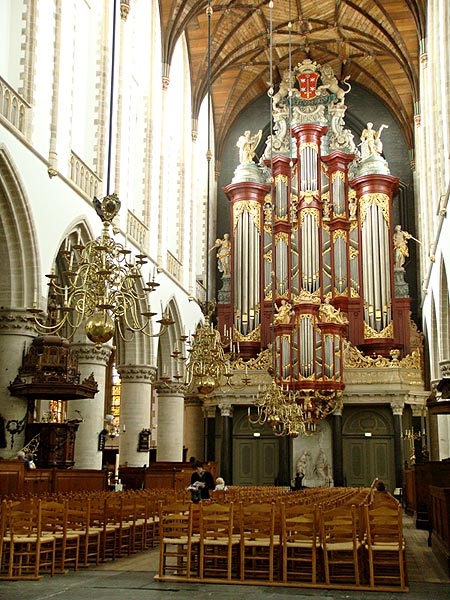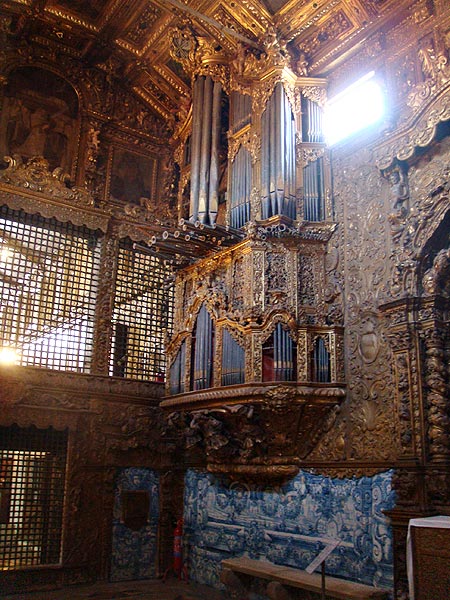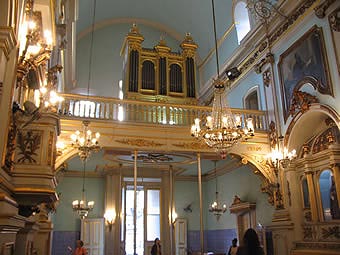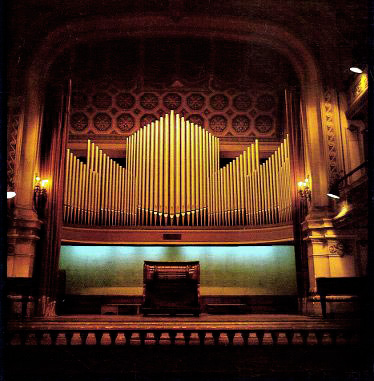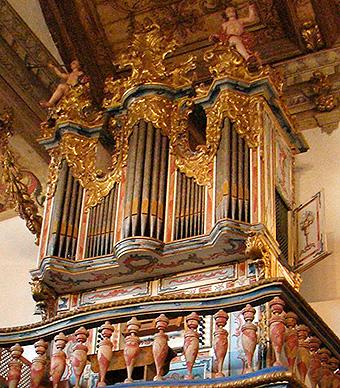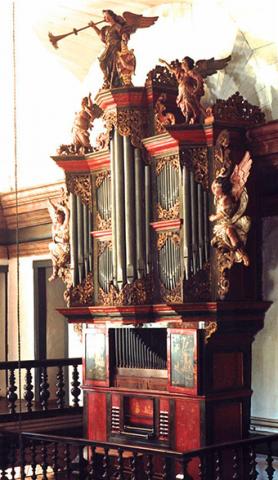Organ
It is the oldest keyboard instrument and it is considered the most complex of all musical instruments.
How does it work?
It consists of a large system of wooden and metal pipes, a pneumatic device - the bellows (or blower) and a console that contains the keyboards, stop knobs and pedals. The organ's sound is issued through the passage of air inside its pipes, which have their mechanism triggered by keyboards.
A bit of history...
Reports of Greco-Roman engineers date back to the creation of this instrument around the 3rd century B.C. At that time, the organs were operated by hydraulic principle and relied on water, from natural sources, to push the air into the tubes! from the 4th century A.C., this principle was replaced by the pneumatic device. But it was in the 10th century that pipe organs were introduced in Western churches and began to be built in various sizes. It is one of the musical instruments that most impresses by its grandiosity.
|
|
|
|||
The large organ that became part of the churches in Rio de Janeiro since 17th century can still be seen in some churches of the city. In Leopoldo Miguez Hall, in the Music's School of UFRJ, there is still in use an Italian organ of the Fabbrica d'Organi Comm - Giovani Tamburini, that was inaugurated in 1954.
In addition to the surviving organs in Rio de Janeiro, two other instruments of colonial period, located in Minas Gerais, deserve to be mentioned: the St. Anthon Cathedral organ in Tiradentes, which came from Portugal around 1788, and the German organ of the Sé Cathedral in Mariana, built in the first decade of 18th century. |
||||
|
|
|
|||
|
|
||||

